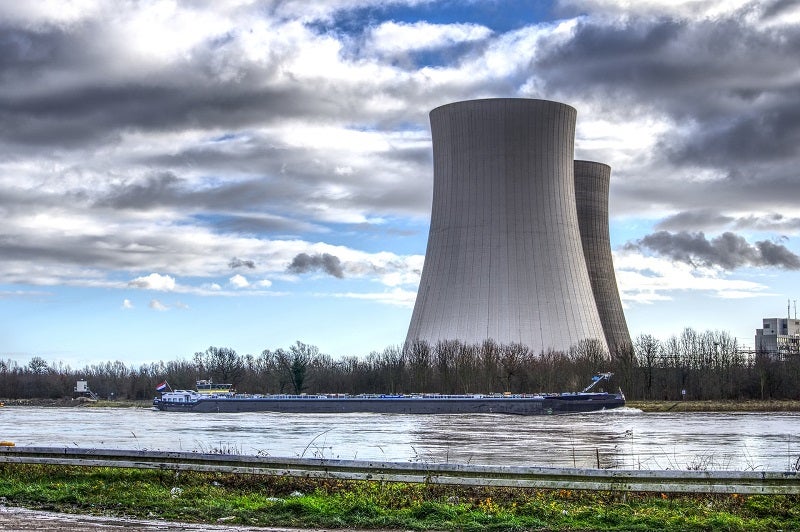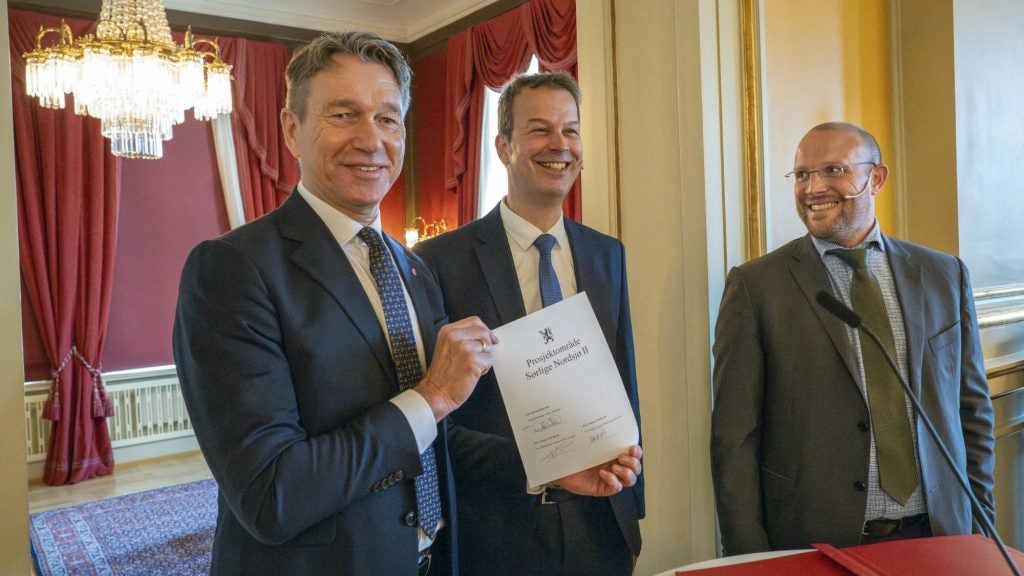Blasmark Wind Farm is an 82.5MW onshore wind power project. It is planned in Norrbotten, Sweden. According to GlobalData, who tracks and profiles over 170,000 power plants worldwide, the project is currently at the permitting stage. It will be developed in a single phase. Post completion of the construction, the project is expected to get commissioned in 2026. Buy the profile here.
Description
The project is being developed by Alpiq Energy Nordic, Fu-Gen and Krafto. The project is currently owned by Fu-Gen with a stake of 100%.
The project is expected to generate 215,000MWh electricity and supply enough clean energy to power 43,000 households. The project is expected to offset 183,000t of carbon dioxide emissions (CO2) a year.
The wind power project consists of 25 turbines.
Development status
Post completion of the construction, the project is expected to get commissioned in 2026.
For more details on Blasmark Wind Farm, buy the profile here.
See Also:
About Fu-Gen
Fu-Gen AG is a renewable energy investor and an independent power producer. The company is headquartered in Switzerland.
About Krafto
Krafto AB (Krafto) operates as an alternative energy company that designs, builds and operates wind power projects. The company's services include GIS analysis, wind surveys, availability control, access to permit and possibility of electrical connection and fuse of disposal, among others. It also provides renewable energy production, feasibility studies of wind resources, and development of land-based wind power projects, among others. Krafto’s projects include Tranhult, Ava, Grismas, Taftea, Sorby, Blasmark, Finnaberget, Fasikan, Steep Mountain, and Fjallbohog, among others. The company partners with municipalities, reindeer husbandry, landowners, energy companies, and fund providers, among others. It offers its services across Sweden. Krafto is headquartered in Stockholm, Sweden.
Premium Insights
From

The gold standard of business intelligence.
Blending expert knowledge with cutting-edge technology, GlobalData’s unrivalled proprietary data will enable you to decode what’s happening in your market. You can make better informed decisions and gain a future-proof advantage over your competitors.





